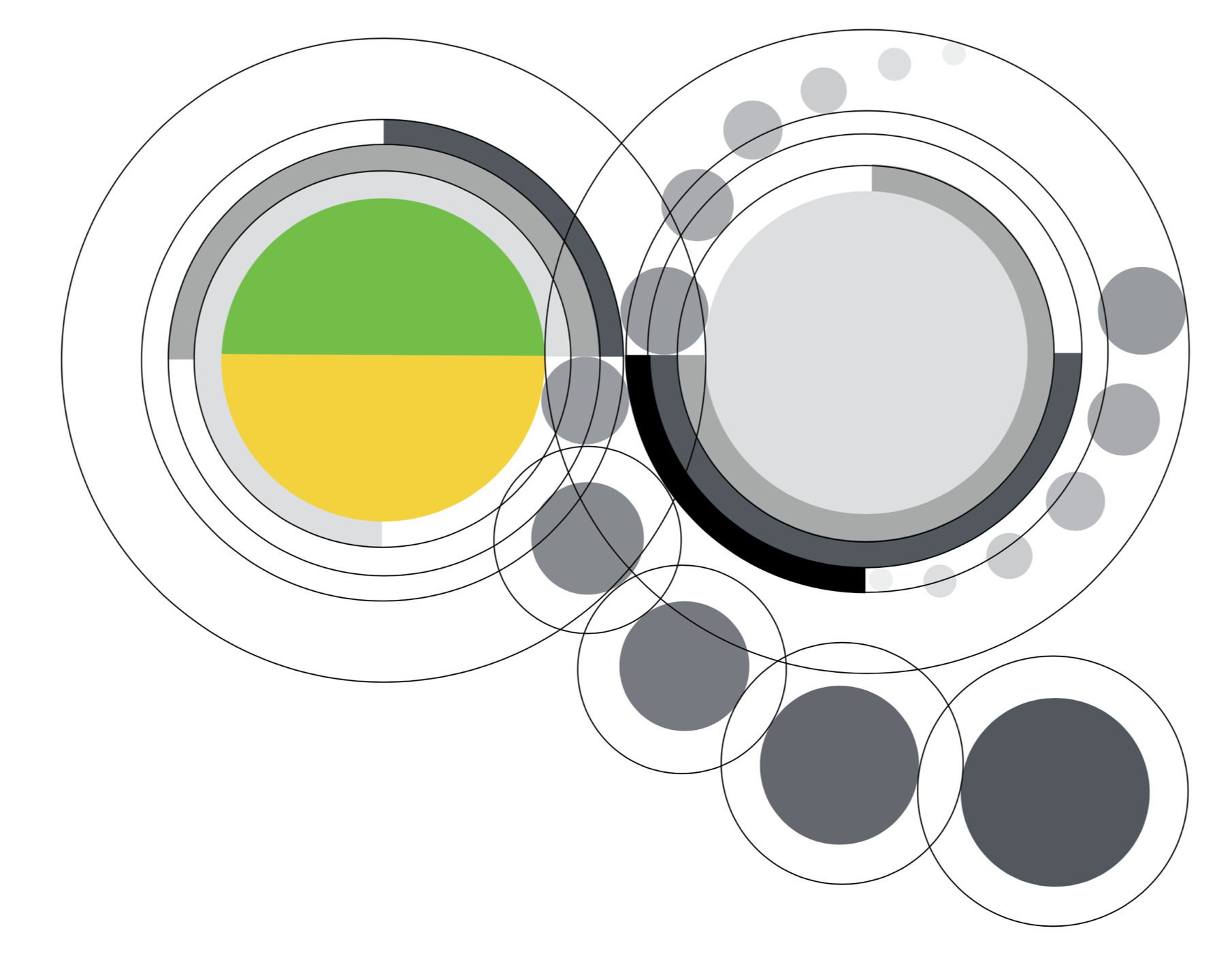THEMIS framework
THEMIS is a cosmic dust modelling framework within which the dust structure, composition and evolution are determined by the local physical conditions, i.e., density, radiation field, etc. (Jones et al. 2013; Koehler et al. 2014; Jones et al. 2014; Koehler et al. 2015; Ysard et al. 2015). The adopted approach is a significant departure from previous dust models because it takes a coherent and self-consistent view of the evolution of the dust constituents and how they interact with each other and with the gas.
THEMIS is built upon the foundations of the laboratory-measured properties of physically-reasonable interstellar dust analogue materials, namely, the family of hydrogenated amorphous carbon materials, from H-poor ( a-C ) to H-rich ( a-C:H ), collectively a-C(:H), and also amorphous olivine-type and pyroxene-type silicates with iron and iron sulphide nano-inclusions, a-Sil(Fe,FeS).
The THEMIS dust model for the diffuse ISM (Jones et al. 2013; Koehler et al. 2014; Ysard et al. 2015) comprises the following grain and core/mantle (CM) grain structures and compositions:
- a power-law distribution of a-C nano-particles (a < 20 nm) with strongly size-dependent optical properties and a size distribution that is sensitive to the local radiation field,
- a log. normal distribution (a ~ 160 nm) of large a-C(:H) CM grains with a-C mantles (depth ~ 20 nm) surrounding a-C:H cores, and
- a log.normal distribution (a ~ 140nm) of large a-Sil(Fe,FeS) grains with a-C mantles (depth ~ 5-10 nm) formed by carbon accretion and the coagulation of a-C nano-particles onto their surfaces.
In the transition to molecular clouds the THEMIS diffuse ISM CM grains sequentially accrete carbon from the gas to form secondary a-C:H mantles (CMM grains), coagulate into aggregate particles (AMM) and finally accrete ice mantles (AMMI) in the densest regions (Jones et al. 2014; Koehler et al. 2015; Jones et al. 2016; Ysard et al. 2016).
In quiescent diffuse and dense clouds, where the dust resides for millions of years, the dust processing time-scales are short with respect to the ISM cycling time-scales and the dust is likely in an quasi-equilibrium state. However, within HII, photon-dominated and shocked regions the dynamical time-scales are significantly shorter and the dust is out of equilibrium with the local conditions and therefore undergoing significant spatial and temporal evolution (Bocchio et al. 2014).
The central tenets of the THEMIS modelling framework are therefore that interstellar dust evolves in response to its local environment, that it is not the same everywhere and that its constituents are mixed within heterogeneous core/mantle particles (CM, CMM) and aggregate grains (AMM, AMMI).
